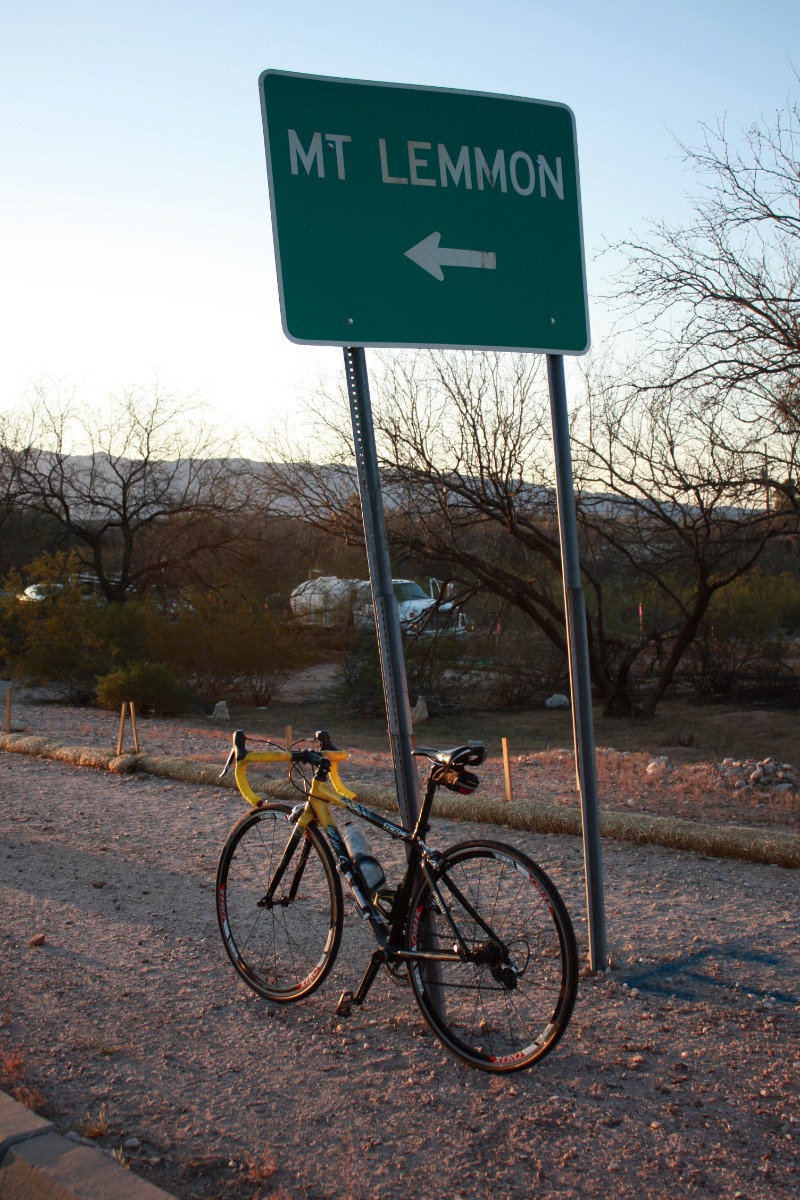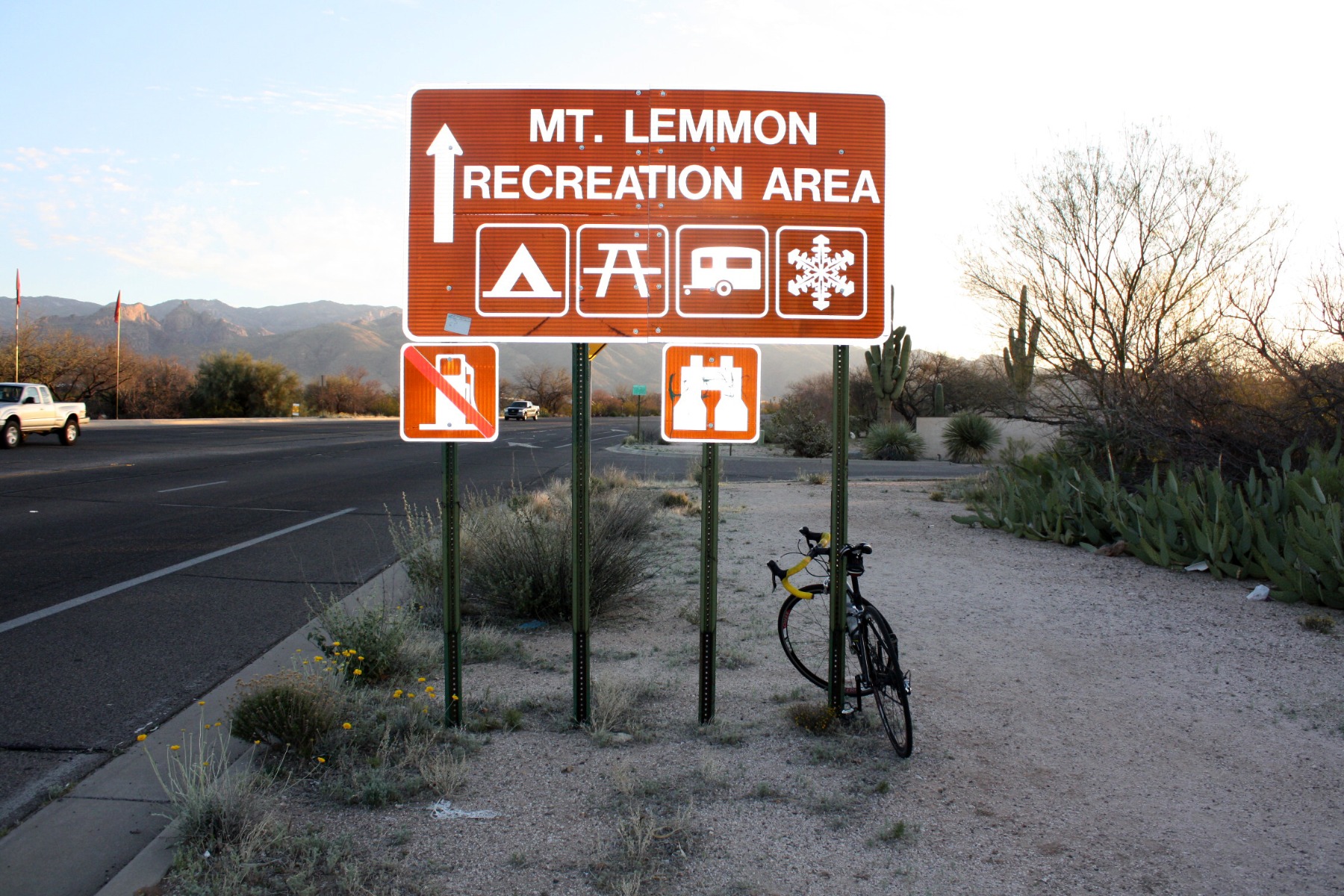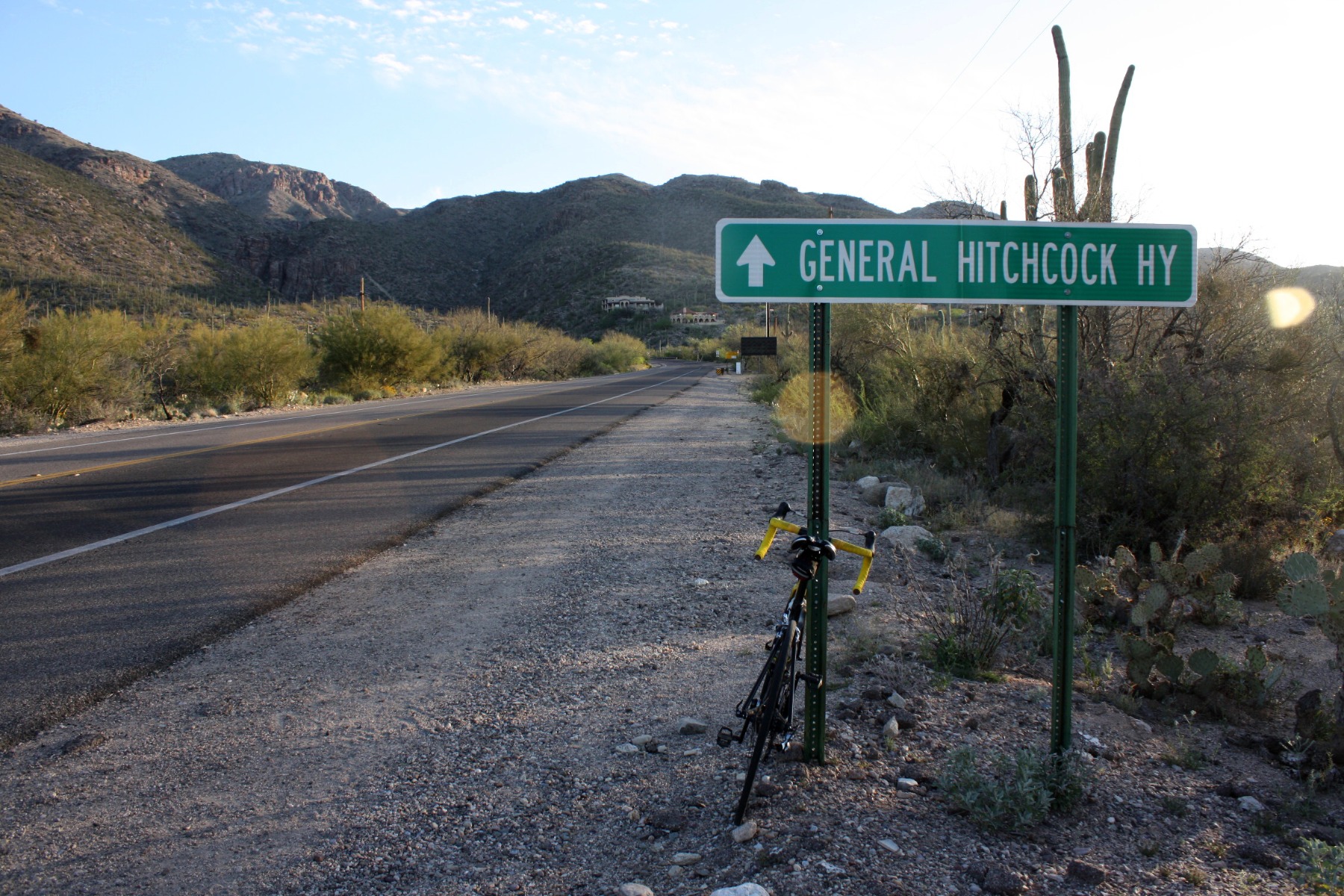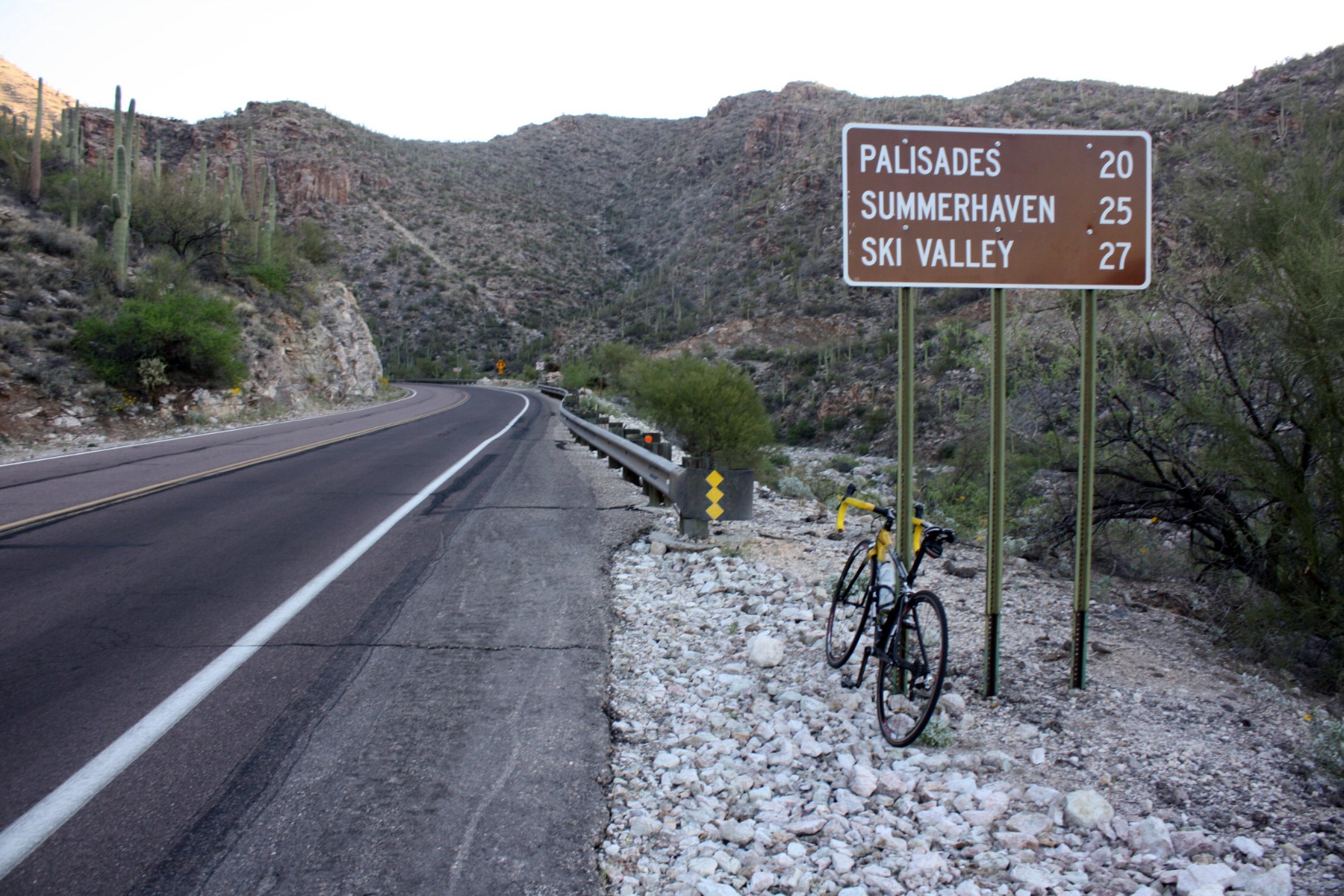It's About Climbing The Mountain
- Apr 24, 2019
It’s Not About Moving from Miami to Tucson, It’s About Learning to Climb the Mountain
Moving to Tucson, Ariz., from Miami, Fla., was a shock to my cyclist’s body. Miami is fast and flat with lots of traffic. Riding four years in Miami taught me how to tuck deep into the drops and turn my legs very fast…and dodge cars. Tucson is different. Everywhere you ride, you are going uphill on wide bike lanes. Well, the bike lanes are very nice but the climbs! “Ugh,” I thought when I approached the famous Mt. Lemmon whose 5-6% graded climb up 27 miles threatened my untrained body. “To get to the tippity-top of Mt. Lemmon I will have to work,” I thought. “How am I going to do this?”
I began the approach. The first few miles approaching the climb are just a slight upgrade of about 1-3%. I could feel the climb, but I kept it in the big ring and just turned the pedals to get warmed up. Once I got to the climb, I was ready to find my rhythm.
Years ago, I had the chance to do a few of the big stage races, such as the classics Tour de Toona and Redlands. What I learned from these stage races was that my legs would get tired continuously climbing mountains. Coming from the flats, I learned to ride in big gears, but in the mountains, I had to keep the cadence high so my legs didn’t fatigue.
Now, years later, after retiring from my racing life and settling in Miami, I left Miami and had moved back to the mountains and started climbing again.
I applied this high cadence philosophy learned years before to my first day on Mt. Lemmon. I used the first mile to warm my legs up and adjust my lungs to climbing; next I decided I was going to start working on the climb. The first few miles I felt good. I was surprised. But right around mile five, I started feeling my lungs fatigue. There’s nothing like a climb to make you work your lungs. It was great, but my lungs weren’t used to being worked so much, so by instinct, I shifted the gears one down and got out of the saddle to shift the effort a little from my lungs to my legs. My breathing became more controlled.
I was able to make it all the way to mile 7, which is 20 miles less than my plan. I was tired. I decided to turn around and descend. I would read more about climbing and come back to Mt. Lemmon with a plan.
First, I learned that you have to teach your body to work at the lactate threshold. What does this phrase lactate threshold mean? It means riding until just before you get the burning feeling. A burning feeling in your legs means you’ve exceeded your threshold and you are accumulating lactic acid. ACID in your legs isn’t good! When this starts to happen, your legs will soon stop working. You want your legs to feel sore, you want to be working hard, but you don’t want that burning feeling.
Taking advantage of the terrain was another piece of advice I read about. I noticed that as I climbed there were steeper sections and sections that leveled out. On the more level sections, you should ease up a little so you can give your legs and lungs a little break.
I’m not fat, but I’m also no skinny little climber. For the first time as a cyclist I thought about my weight, which I knew from experience affects how you feel on a climb. During my skinnier days, I had floated up the climbs, but lost my sprint. During my bulkier days, I had won plenty of sprints, but felt I was churning up the climbs with the thought that the climb was never going to end.
Joel Friel (writer of the famous Cyclist’s Training Bible) says that cyclists with a mass of 2.0 pounds per inch of height are the best climbers, but they get blown around on windy flat courses because they lack the muscle weight that delivers the necessary power. At 5’7” I would have to weigh 132 pounds, which is … ah! less than what I weigh. I could go on a diet, but well, I’ll think about that. I will try first to start practicing my climbing to see how far this training approach takes me.
Riders like Alberto Contador, who won the 2008 Giro d'Italia, the 2008 Vuelta a España and the 2009 Tour de France, have climber’s legs and mind. To climb like Contador, the late Marco Pantani, and the now infamous seven-time Tour de France winner, Lance Armstrong, it takes a little more than what I’ve written about, but for those who are just starting on the climbs, like me, this is a beginning to what may at first seem frightening but in the end be very exciting and fun.




